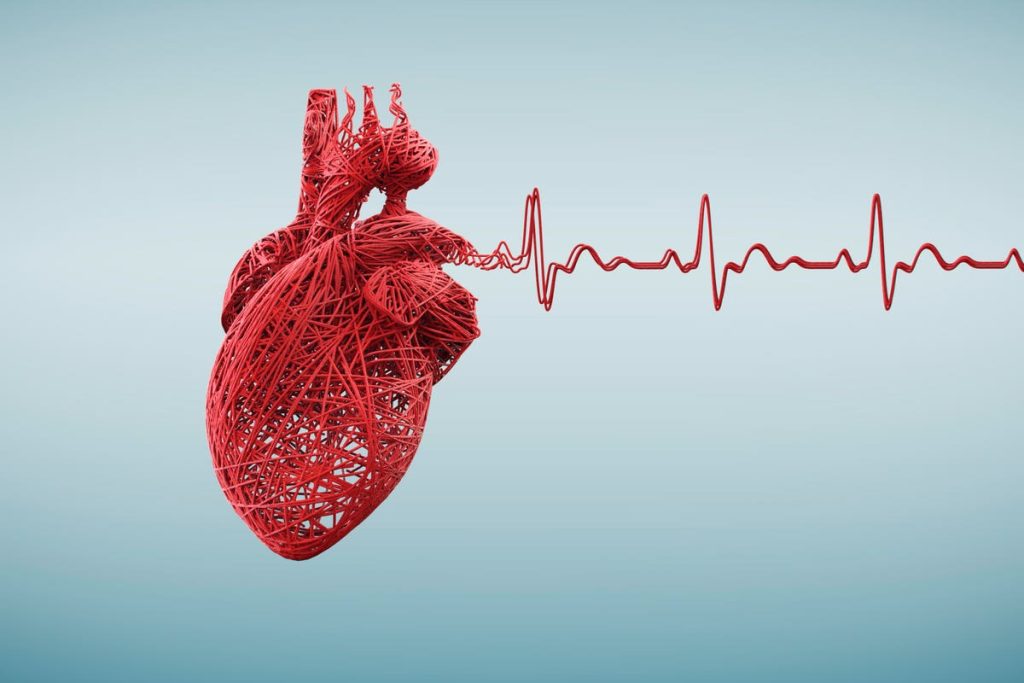Research by scientists at the University of Alabama at Birmingham may herald a breakthrough in the treatment and management of heart attacks and other similar damage. Published in Circulation, the work by Jianyi “Jay” Zhang and his colleagues reveals that certain genes may extend our heart’s ability to regenerate its cells, allowing for improved recovery and complete healing.
Regeneration vs Scarring
Picture a lizard lounging in the sun. Its tail is missing — it got left behind during a close encounter with a predator. No matter, it will grow back. This is thanks to the incredible regenerative abilities of lizards. And these abilities don’t stop at the skin. Certain lizards, like the leopard gecko, can regenerate their heart in case of damage. Instead of a build-up of scar tissue, entirely new cells are made to replace the old ones. Indeed, it’s less a matter of healing a damaged heart than it is of “building” a new one.
Mammals, including us humans, cannot do this. The cells in charge of contracting the heart —cardiomyocytes— simply do not regenerate after the first week of life. Where lizards and other lower vertebrates, including fish and a range of amphibians, produce new cardiomyocytes, we just build up scar tissue. But scar tissue is not elastic, meaning it does not stretch and squeeze like the cardiomyocytes, making it much harder to pump blood around the body. This creates a vicious cycle: an injured heart will have to work double-time to achieve the same thing as a healthy heart, but all this extra work makes it even more prone to injury.
If instead of building up scar tissue, we had the ability to generate new myocardiocytes, we could fully heal from damage to the heart, even after a heart attack.
Regeneration in … Pigs?
As mammals, pigs usually do not have the capacity to regenerate myocardial cells more than a few days after birth. Back in 2020, however, the Jianyi Zhang lab discovered something curious: removing a small section of a newborn piglet’s heart boosted the replication and regeneration abilities of heart muscle cells. The initial surgical damage activated the cells, causing them to proliferate. As a result, the cells were able to respond more effectively to secondary damage down the line. Those piglets that received surgery were able to heal fully from a heart attack as late as four weeks after birth, showing no signs of scarring or any change in heart function.
Building on this earlier research, the team returned to uncover the exact processes underlying the extended regeneration window. What was happening that allowed the piglets to develop completely new heart muscle cells so late into life? In particular, what genes were being expressed throughout the recovery period?
To find out, they split piglets into five different groups. Two of these were “regenerative” groups, meaning piglets were subjected to surgery one day after birth to stimulate damage to the heart. One of these then also had a heart attack induced four weeks later. Next, the researchers established two control groups: one which had nothing whatsoever done to it, and the other which was subjected to an induced heart attack four weeks after birth, but had not received the initial surgery. The last group was made up of embryonic pigs, removed at day 80, which had nothing done to their hearts.
After establishing the groups and performing the necessary surgeries, the researchers studied the hearts of the piglets using a technique called single-nucleus RNA-sequencing. This provides a glimpse into the gene expression taking place in the nuclei of the heart muscle cells. In total, they extracted useable data from more than 90,000 cardiomyocytes.
The cardiomyocytes from the regenerative groups were more active during their growth and were more likely to divide to create new cells, known as “daughter cells”. These two features allowed the myocardial cells to re-muscularize the sections of the heart that had been damaged during the induced heart attack. Importantly, no scar tissue formed. Along with these changes, the researchers also uncovered 506 additional genes that correlated with the cardiomyocytes of the regenerative groups. Combined, these genes help regulate crucial processes, including the development of the heart and the proliferation of cardiomyocytes.
Takeaways
Although we have a long way to go before this research can be used in practice to help treat patients, it opens up exciting new avenues of investigation. The findings suggest that we may be able to extend, or artificially stimulate, the regenerative capacity of the heart by targeting and activating select genes. Maybe the superhealing capabilities of lizards may eventually also be available to us.
Read the full article here








